Key Factors In Daylighting Design For Buildings
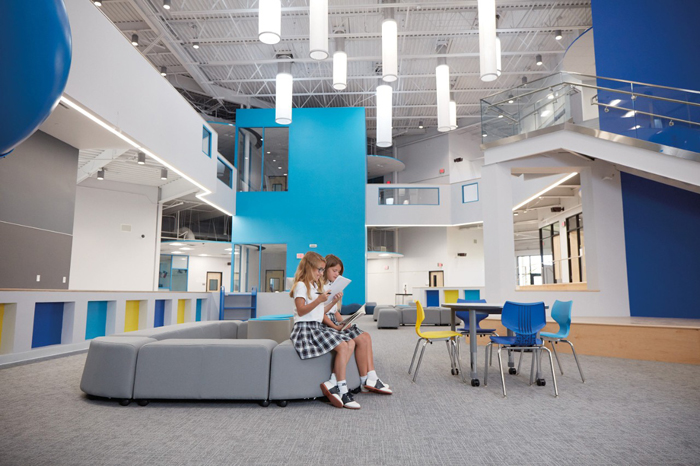
For interior spaces deep inside a building's interior, Solatube Tubular Daylighting Devices (TDDs) offer an innovative and sustainable daylighting solution to introduce glare-free interior light during daylight hours.
Submitted By Kingspan Light + Air
Natural daylight matters on several levels – it enhances the well-being of occupants, reduces energy consumption, and provides biologically and psychologically meaningful variation to architectural spaces. It follows that daylighting design
should sit at the heart of architectural and interior design, helping to shape functional and inspiring spaces. However, achieving effective daylighting in buildings is more complex than 'just adding windows.' Architects and designers must carefully
balance internal, external, and product considerations to craft spaces that optimize daylight performance.
When referring to daylight and daylighting, it is important to understand the difference between the two terms as it affects how solutions are developed and applied to real world buildings:
Daylight: the lighting resource provided by light from:
1. The solar disk (the sun/sunlight) and/or light from
2. The diffuse sky vault.
Daylighting: the artful application of the daylight resource (sky + sun) and architecture/products to achieve interior lighting objectives (task illuminance for visibility and/or illumination for visual effect).
In this article, we explore the critical factors that influence daylighting design and offer strategies for creating luminous, sustainable spaces.
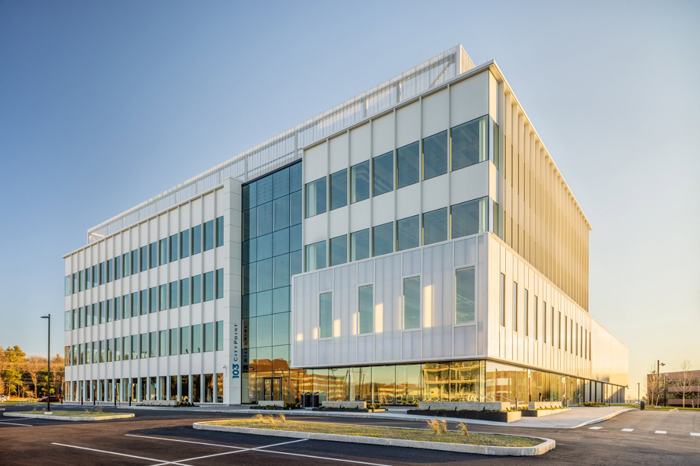
In addition to skylights, Kingspan Light + Air offers translucent wall and roof assemblies that admit diffused light
and provide an architectural glow outward at night.
External Considerations
Determining how the structure's location will affect its daylighting solution. The surrounding environment will have a significant impact on deciding which daylighting strategies will work best.
1. Building Orientation
The orientation of a building dictates the directionality and quantity of sunlight different façades receive throughout the day and year. South-facing orientations, for instance, maximize sunlight in the northern hemisphere, while east and west-facing
façades introduce challenges such as glare during mornings and evenings.
2. Surrounding Structures
Adjacent buildings, trees, and topography can block or reflect light. Conducting a shading analysis helps identify potential obstructions and opportunities for light redirection.
3. Climate and Weather Patterns
The intensity and angle of sunlight vary by geographic location and climate. In regions with frequently overcast skies, strategies should prioritize diffuse light, while in sunny climates, daylighting design needs to consider shading devices and glare
control.
4. Urban and Environmental Context
Urban areas with dense development demand careful planning to balance daylight access and privacy. Environmental factors – for example, pollution or dust – may also reduce light penetration and will need to be addressed during the design phase.
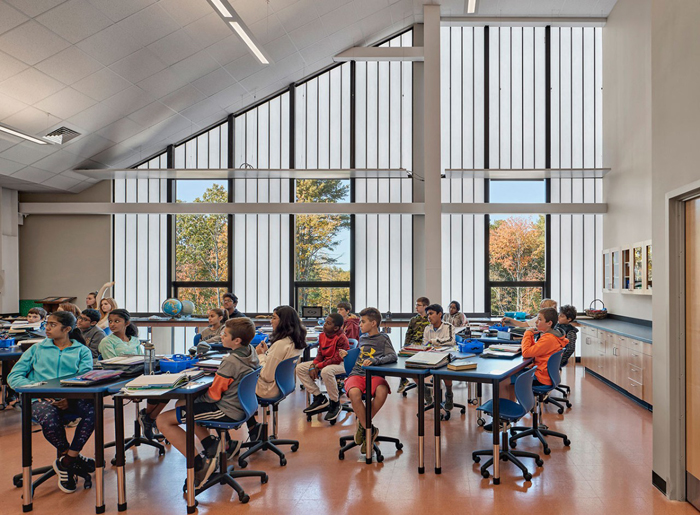
Glare from uncontrolled sunlight can make spaces uncomfortable. Designers should consider using translucent glazing materials, tubular daylighting devices, shading devices or adjustable louvers to maintain comfort without sacrificing light quality.
Internal Considerations
Numerous factors ensure daylight is effectively distributed and enhances the space. In daylighting design, the building's location and finish of architectural surfaces serves as the "light source" or "luminaire" and the interior the "light fixture".
1. Space Layout
Open floor plans and strategic placement of partitions mean that light can travel deeper into the building’s core. Using atriums, light wells, or clerestory windows can also bring daylight to lower levels.
2. Surface Reflectance
Interior surfaces play a vital role in bouncing light through space. Light-colored walls, ceilings, and floors reflect more daylight, reducing the need for artificial lighting. Additionally, the color of those surfaces can play a key role in how the reflected
light is perceived. Surfaces with a warm tone (think white paints with a slight wheat-colored cast) will allow interiors to feel ‘warm and inviting’ on heavily overcast days. Conversely, the interior finishes with cool blue/grey undertones
will result in a space feeling cold and clinical on highly overcast days.
3. Room Depth and Window Placement
Rooms that are too deep relative to window size can leave areas underlit. Ensuring an optimal ratio between window height and room depth helps achieve uniform light distribution. Additionally, toplighting daylighting technologies, such as tubular daylighting
devices (TDDs) and architectural skylights, can be used to provide robust and controlled daylight to illuminate interior occupied zones and architectural surfaces.
4. Control of Glare and Heat
Glare from uncontrolled sunlight can make spaces uncomfortable. Designers should consider using translucent glazing materials, tubular daylighting devices, shading devices or adjustable louvers to maintain comfort without sacrificing light quality.
5. Building Function
Who will use the building or space, and why, will dictate how much light is necessary. Here, regulations come into play, with different guidance for different space uses and/or building types. Around 300 lux is the norm for most space types, with a higher
requirement of around 500 lux in workspaces.
While task illuminance requirements do vary due to a number of factors, The Illuminating Engineering Society (IES) currently standardizes on approximately 300 lux (30 footcandles) for most commercial and institutional spaces (offices and classrooms),
with 500 lux (50 footcandles) or more being reserved for spaces with more critical visual tasks such as manufacturing and other criticallyimportant visual tasks. These more-moderate illuminance requirements are also deemed to be more conducive to
the art of daylighting.
Beyond official guidelines, desirable building standards have their own requirements. For instance, the U.S. Green Building Council (USGBC)'s Daylight Standard states that a minimum 75% of regularly occupied areas should have a daylight factor (DF) of
at least 2% in all spaces used for critical visual tasks. This equates to around 300 lux under overcast sky conditions.
Additionally, in North America, modern design standards such as LEED and WELL now incorporate metrics like Spatial Daylight Autonomy (sDA) and Annual Sunlight Exposure (ASE) as preferred assessments of annual daylighting sufficiency, complementing traditional
measures like the Daylight Factor.
6. Accessibility and Inclusivity
Daylighting design should consider the needs of people with disabilities, ensuring that spaces are comfortable and functional for all occupants.
For example, individuals with visual impairments may benefit from enhanced lighting in critical areas, such as entrances, hallways, or workspaces. Thoughtful daylighting can make spaces more inclusive and supportive of diverse occupant needs.
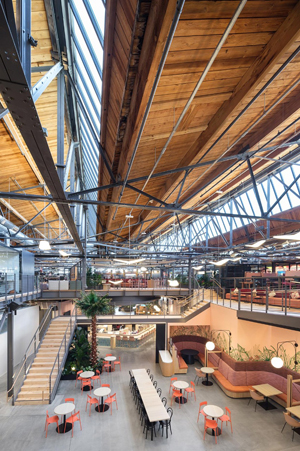 Product Considerations
Product Considerations
The choice of materials, glazing, and daylighting technologies can make or break a daylighting design strategy.
1. Glazing Types
High-performance glazing can enhance daylight penetration while managing solar heat gain. Incorporating options that can provide daylight while controlling glare and solar heat gain including translucent polycarbonate or FRP panel glazing, low-emissivity
(low-E) glass, tinted glass, or tubular daylighting devices that can provide daylight while controlling glare and solar heat gain.
“The choice of materials, glazing, and daylighting technologies can make or break a daylighting design strategy.”
2. Shading Devices
External solutions such as brise-soleil and overhangs or internal mechanisms like blinds and curtains help modulate light levels. Automated shading systems can adapt to changing conditions throughout the day.
3. Light-Redirecting Technologies
Innovations such as prismatic glazing, light shelves, and reflective louvers direct sunlight deeper into interiors, improving daylight access in challenging spaces.
4. Tubular Daylighting Devices, Skylights and Roof Glazing
Top-down daylighting solutions – such as TDDs and skylights – bring in daylight and can be used to balance the potential brightness from perimeter windows and glazing systems and can provide controlled daylighting into core building areas
far from windows. They can be particularly effective for commercial spaces or large open-plan environments.
5. Integration with Electric Lighting
Daylighting and electric lighting should work together harmoniously. In practical terms, this can translate into installing daylight sensors and dimmable electric light fixtures to ensure consistent illumination while providing significant annual energy
savings.
Testing Your Daylighting Design
Similarly, specialist software can be used to model a new building in 3D and analyze the hourly/daily/annual level of daylighting provided to the building by the daylighting design.
The Benefits of Effective Daylighting Design
Environmental analysis, thoughtful spatial planning and innovative material selection all play a part in effective daylighting design. By considering daylighting design in the round, architects can create buildings that are not only aesthetically
pleasing but energy-efficient and responsive to occupant needs. As natural daylight becomes an increasingly valued resource in sustainable design, skillful daylighting design is an essential facet of shaping spaces that are fit
for the future.
About Kingspan Light + Air
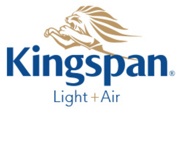 Kingspan Light + Air is a manufacturer and marketer of daylighting systems for commercial and industrial markets. To learn more, visit www.kingspanlightandair.us.
Kingspan Light + Air is a manufacturer and marketer of daylighting systems for commercial and industrial markets. To learn more, visit www.kingspanlightandair.us.